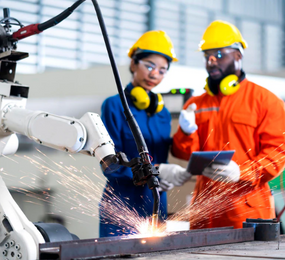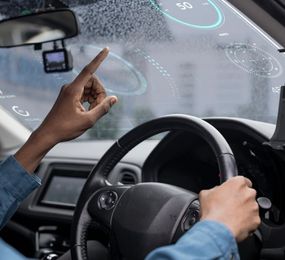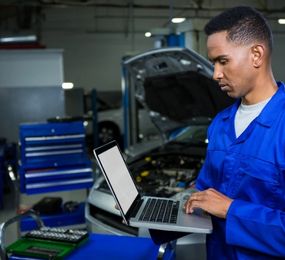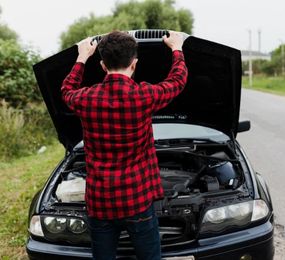Autonomous vehicles (AVs) represent the cutting edge of technological innovation, promising to revolutionize the transportation landscape. However, the safety and reliability of AVs depend heavily on the accuracy of the sensors that allow these vehicles to perceive and interact with their environment. Sensors are the eyes and ears of autonomous vehicles, providing the critical data needed to make real-time driving decisions. This article explores the crucial role that sensor accuracy plays in ensuring the safety of autonomous vehicles, the challenges associated with sensor performance, and the advancements that are helping to overcome these challenges.
Types of Sensors Used in Autonomous Vehicles
Autonomous vehicles rely on a diverse array of sensors to collect data about their surroundings. Each sensor type has its strengths and weaknesses, and together, they provide a comprehensive view of the vehicle's environment. The primary sensors used in AVs include:
- Cameras
- Function: Cameras capture visual data in the form of images or video, allowing the vehicle to detect and recognize objects, traffic signs, lane markings, and other important features.
- Strengths: High resolution, good at detecting color and texture, widely available.
- Weaknesses: Prone to interference from lighting conditions (e.g., glare, low light), limited depth perception.
- LiDAR (Light Detection and Ranging)
- Function: LiDAR uses laser beams to create detailed 3D maps of the vehicle’s surroundings, measuring distances to objects with high accuracy.
- Strengths: Excellent depth perception, unaffected by lighting conditions, precise mapping of the environment.
- Weaknesses: Expensive, sensitive to weather conditions (e.g., rain, fog), limited range.
- Radar
- Function: Radar systems emit radio waves and measure the reflections to detect the distance, speed, and size of objects around the vehicle.
- Strengths: Performs well in various weather conditions, good for detecting objects at long range.
- Weaknesses: Lower resolution than LiDAR and cameras, less effective at distinguishing smaller objects.
- Ultrasonic Sensors
- Function: Ultrasonic sensors use sound waves to detect nearby objects, typically at close range.
- Strengths: Effective for low-speed maneuvers, such as parking.
- Weaknesses: Limited range, primarily used for detecting objects close to the vehicle.
Challenges in Achieving Sensor Accuracy
Despite the advancements in sensor technology, ensuring consistent sensor accuracy presents several challenges:
- Environmental Factors
- Impact: Weather conditions like rain, fog, and snow can impair sensor accuracy. For example, LiDAR systems may struggle to produce clear data in heavy rain, while cameras may have difficulty in low-light conditions.
- Mitigation: Researchers are working on improving sensor robustness through better hardware design and advanced algorithms that compensate for environmental interference.
- Sensor Calibration
- Impact: Over time, sensors may drift or become misaligned, leading to inaccurate data. Regular calibration is necessary to ensure that sensors continue to provide accurate information.
- Mitigation: Autonomous vehicle systems include self-calibration routines to check and adjust sensor accuracy as needed regularly.
- Data Interpretation
- Impact: Even with accurate sensors, interpreting the data correctly is essential. Machine learning algorithms must be trained to interpret sensor data and recognize objects in various scenarios accurately.
- Mitigation: Ongoing improvements in AI and machine learning models are helping AVs to better interpret complex sensor data, increasing overall accuracy.
- Cost and Availability
- Impact: High-precision sensors like LiDAR can be expensive, which may limit their use in some AV designs. Additionally, the need for high accuracy must be balanced with cost constraints.
- Mitigation: Advances in sensor technology are gradually reducing costs, making high-accuracy sensors more accessible for a broader range of vehicles.
The accuracy of sensors is a fundamental component of autonomous vehicle safety. As the technology continues to evolve, improvements in sensor accuracy will play a crucial role in making AVs safer and more reliable for widespread adoption. The challenges of achieving consistent sensor accuracy in diverse conditions are being met with innovative solutions, ensuring that autonomous vehicles can confidently navigate the complexities of real-world environments.
Register today to secure your spot, please check here: https://bit.ly/3zH7AKk
For more information and group participation, contact us: [email protected]
















